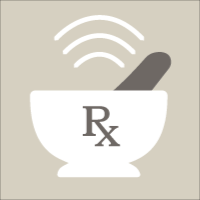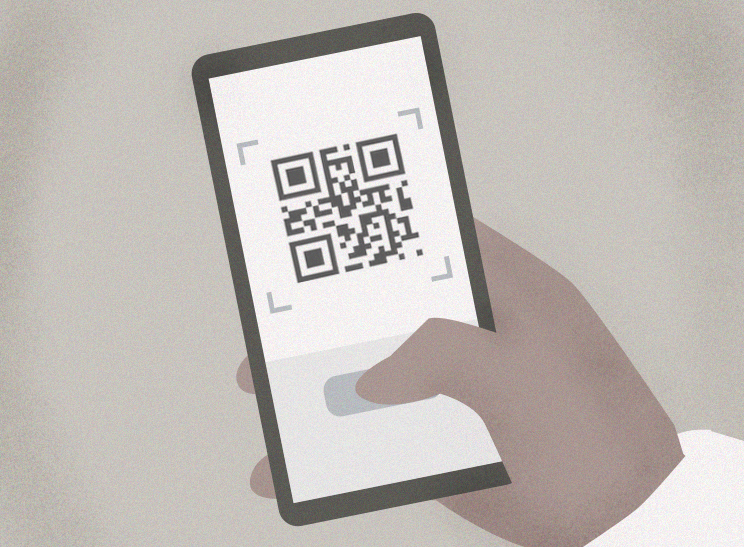Starting a new practice or converting your current operation to a DPC clinic can be both simultaneously exciting and terrifying. On the one hand, making the jump to direct care provides you with the autonomy to build the clinic you want and really connect with patients. On the other, there can be a lot of uncertainty when it comes to successfully growing your clinic into a thriving business and building up a dedicated panel.
Whether you’re converting to DPC from an existing clinic or you’re starting from scratch, understanding how to acquire new patients is crucial for your clinic’s success. To help you get over that hurdle and get the first 100 patients through your door, we’re going to take a look at a few strategies that every new clinic should be exploring.
Transitioning From an Existing Clinic
If you’ve decided to make the jump to DPC by converting your existing practice then your current list of patients is going to be one of the very best sources to recruit new patients from. Rather than struggling to attract new patients from the outset, this method allows you to build a reliable client base while also maintaining the relationships you’ve already established.
There are a number of incentives that you can extend to existing patients who stay with you through the transition:
- Offer discounts to patients who enroll early.
- Demonstrate to patients in a practical way the money they will save by signing up your DPC clinic.
- Speak to them personally about the benefits of DPC and explain in detail how you will be able to spend more time with them and provide better care.
Transitioning From an Existing Employer
If you’re leaving an established employer to start a DPC clinic, this is an excellent opportunity to bring some of your patients with you. Since many patients value the relationship they have with their physician, they’re quite likely to accompany you on your direct care journey. This can be a big advantage when starting a new clinic, but just make sure that you’re not breaching any sort of contractual clause by inviting your patients to move with you.
If there are no bureaucratic hurdles or clashes of interest, then follow the same advice as to the point above. Pitch DPC to your patients, offer them discounts and show them how much they have to gain by signing up.
If you’re unsure whether or not you’re in breach of a contract, get in touch with Atlas.md’s free lawyer, Keen Umbehr Sr, at keen@atlas.md and he will help clear up any uncertainties.
Starting from Scratch
If you’re starting a DPC clinic from the ground up then you’re going to have to get a bit more inventive with your methods for attracting patients.
Connect With Your Community
Since direct care is an inherently local venture, then connecting with your local community is an obvious path to building up a dedicated panel. But for patients to abandon their current medical arrangement and sign up with your clinic, they will have to know and trust you. Which begs the question, how do you make yourself known, and how do you get people to trust you?
Attending local town meetings and canvasing town halls is one option. Take advantage of anywhere that offers you a platform and a chance to speak to local residents to share details about your clinic and how it can help the community. Show yourself – let people see your face that understand you’re here to offer a helpful service.
Consider joining business organizations such as the Chamber of Commerce, your local BNI chapter, or any other small business association in your town and discussing the benefits of DPC with its members.
Remember – nothing scales like community.
Build Your Brand
Branding is something that doctors may not be familiar or comfortable with, but it’s important when it comes to building authority, trust, and recognition with prospective patients. Successful branding will make you and your clinic recognizable, memorable and help you stand out among the ranks of the numerous other healthcare services on the market.
A well-defined brand will not only allow you to attract new patients but also practice partners and media attention (which in turn will lead to more new patients). It communicates who you are, your mission, vision, and values, and allows you to connect with people across a number of different mediums, which is important for our next point:
Market Your Clinic Digitally and Traditionally
When you’re starting fresh, no one knows that you exist, so getting the word out about what you do, where you are, and how you can help is crucial. Some doctors struggle to get 10 or 20 new patients per month, but with the right marketing resources and strategies, you can far surpass that number.
Clinic Website
Your website is the first point of contact for many prospective patients; it’s the front door of your business in a digital age. If you haven’t already, set up a professional website that clearly details your services and the value you offer, answers all potential questions, eliminates hesitation, and encourages potential patients to enroll in your practice. Include an option where patients can sign up directly, and integrate a live chat so that you can communicate with visitors in real-time. It’s important to make the process as seamless as possible; slow, complicated websites lose visitors.
Social Media and Content Marketing
Social media and content marketing are two invaluable methods of marketing your clinic and connecting with patients directly. Facebook, Twitter, Instagram, LinkedIn, and YouTube can all be used to create engaging content, build a large audience and funnel traffic back to your website. If the content is valuable, informative, and resonates with the audience you’re targeting, they’ll share it with their followings and help generate awareness of your practice.
A good example of a successful doctor using this strategy is Dr. Paul Thomas from Plum Health DPC. He maintains a blog, YouTube channel, podcast, and various social media accounts that contain a wealth of content describing his experience with direct care. His content is routinely shared by both patients and doctors, which in turn has increased his reach, authority, and the power of his brand.
Legacy Media
Legacy media consists of traditional outlets such as television and radio shows, local newspapers, and magazines. The audiences of these mediums are large and local and have the potential for massive engagement. Reach out to local editors, anchors, and radio shows with a well-written proposition about your clinic, why it’s different, what it offers and how it can help individuals in the community. Accept any offers for interviews or features that will help spread the word about your clinic.
Pitch to Employer Groups
Large employer groups present a significant opportunity for acquiring a large number of patients quickly. Applicable large employers (ALEs) are required under the Affordable Care Act to provide full-time workers with minimum essential coverage that meets affordability and minimum value thresholds. While companies generally aren’t allowed to use DPC in lieu of ACA-compliant coverage, they can offer their employees direct care alongside cheaper, high-deductible health plans, ultimately saving them massive amounts of money in the long term.
When pitching your clinic to employers, explain the benefits that they will receive when signing up their employees to your clinic. Demonstrate in a practical way the money they will save and the benefits their employees will enjoy when it comes to unlimited doctor visits, wholesale medicine, less time off work, and no copays. If successful, your pitch has the potential to get you halfway to capacity.
You can also use a third-party broker to make contact with larger employers. Atlas.md, for example, makes use of David Powell & Associates. You can get in touch with David Powell at papadjp1946@gmail.com and see how he can help you get a foot in the door with employer groups.














